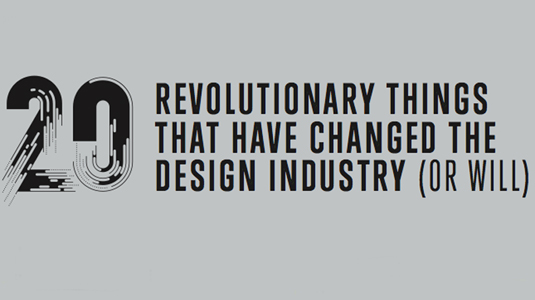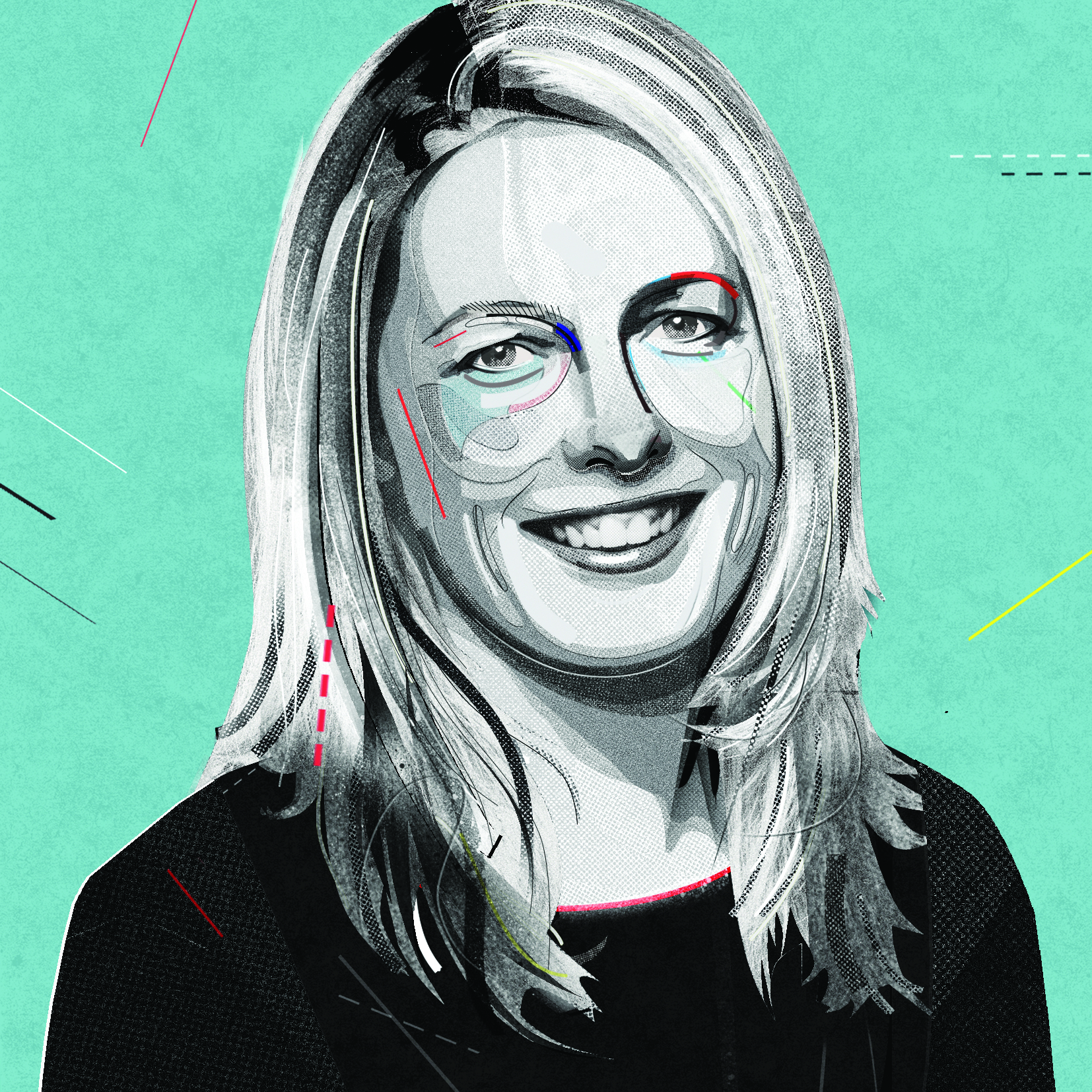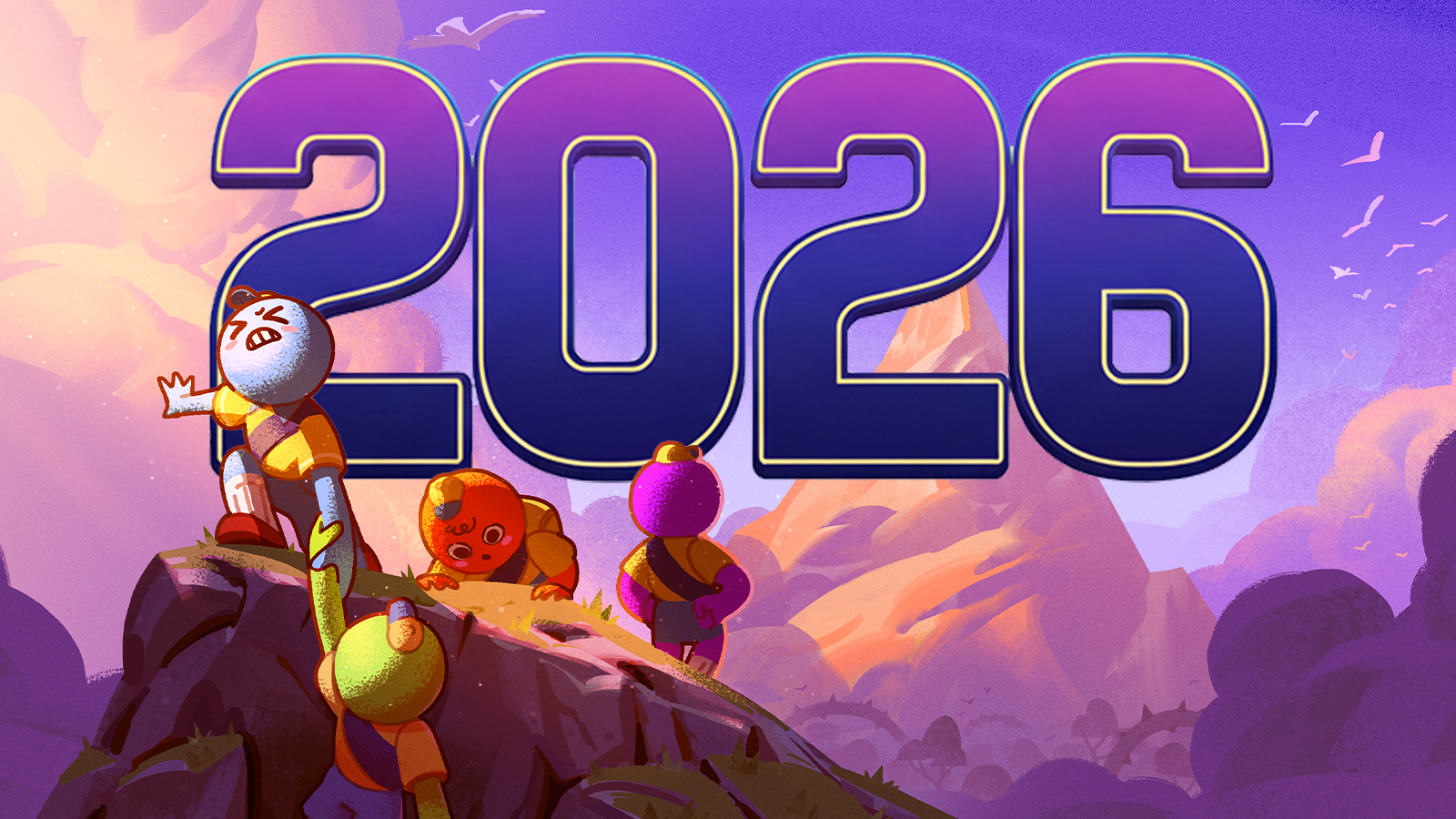20 things that revolutionised the design industry
We spoke to a panel of top designers to see what the biggest changes to the industry have been.

Being a professional in the design industry means that you never stop learning. However, no amount of swotting up on free ebooks can prepare you for just how much the world of design changes.
To get an idea of how the landscape has evolved, as well as providing tips to help future-proof any design portfolio, Computer Arts magazine asked 20 industry experts to share how they've seen the design industry change.
It seems a lot has changed in a short space of time. Who knows what tomorrow will bring...
01. 3D Printers/ Fabricators
"I think the future of everything physical will be governed by affordable, quick, individualised 3D printing," says Jonathan Ford of Pearlfisher, " from houses and impossible gold jewellery to food, human organs, packaging and so much more."
02. Smartphones
"The smartphone has changed my approach to design," explains Dan Greene, from Wolff Olins. "Not only does a mobile-first mindset force designers to think of the user first, it strips away anything superfluous in the design."
03. Email
Fredrik Öst from Snask points out that "email is a huge part of our daily communication with each other, our clients and other work-related contacts."
04. Google Images
Becky Bolton and Louise Chappell from Good Wives and Warriors comment that "Google Images and picture-sharing platforms like Pinterest are the greatest addition to working as a commercial illustrator, enabling quick research of visual content."
Daily design news, reviews, how-tos and more, as picked by the editors.
05. Pen and Paper
"The pen never goes out of fashion," highlights creative director Mads Jakob Poulsen. "Ideas are what count."
06. Notes Apps
"I used to carry a notebook, but there were frequent occasions when I found myself without it," says Tommy Taylor, Alphabetical. "Now I have hundreds of notes on my phone at any one time."
07. Design Blogs
Ed Robin from Mytton Williams is keen to note that "we see more work than ever on design blogs and social media, but it would be great to see more support among the design community. It's so easy to criticise design."
08. Slack Collaboration Tool
"Slack single-handedly supports our crippling caffeine addiction, keeps us in the loop, organises jobs and facilitates idea-sharing – all while making us laugh," jokes For The People's Jason Little. "It helps us avoid the need for client managers."
09. Adobe Illustrator
Jonas Bergstrand says that "the speed, precision and endless scope for trial and error offered by modern software fits my frame of mind perfectly."
10. Social Media
"Platforms like Facebook, Twitter and Instagram have accentuated our designer traits of being collectors, gatherers and exhibitionists," argues Liza Enebeis from Studio Dumbar.
11. Wacom Tablets
Ollie Munden of ilovedust says that "Wacom's Cintiq tablets have revolutionised the way I'm working. I hope Apple updates the iPad Pro to run a full version of Photoshop, or Wacom releases a 'companion' tablet that runs OS X as standard."
12. Digital Printing Presses
"Developments like the Indigo and Arizona presses have made quality print finishing a viable option for a variety of clients both large and small," notices Greig Anderson from Freytag Anderson.
13. Code
Jon Waring from 3Sixty Design comments that "as code becomes more accessible to creatives with tools like PageCloud, and browsers offer more scope for animation, video, voice and gesture, we'll be able to control the digital experience."
14. Adobe Photoshop
"I've used Photoshop for over 25 years, right from its black-and-white inception," says Dean Johnson from Brandwidth. "I actually think in terms of Photoshop when looking at an environment or object."
15. The Internet
"The internet led to an increase in speed, distraction, competition and innovation," observes designer Fred Deakin. "And don't think we've arrived – the changes are only just beginning."
16. The Computer
Tony Brook from Spin remembers that "when I started, I was painting type on acetate with gouache. Each change took an age. It's much better now, of course!"
17. Industry Growth
"The recent Design Economy Report from the Design Council was a delight to read," says Sunita Yeomans of SSHY Creative, "especially finding out that design is now creating jobs at three times the national average."
18. Creative Agencies
"The biggest change is the generation of creative agencies at all sizes, everywhere, and in different forms," claims Jonathan Ford from Pearlfisher. "Also the reluctant enforced march of traditional advertising into the design space, which is one of the great acts of stealth in denial."
19. Apple and Adobe
"In the same way the iPhone has spawned a zillion photographers, Apple and Adobe have tricked everyone into believing they're an artist," argues illustrator Simon Spilsbury. "This has created a bombardment of mediocre visual language that seems to have permeated like a virus through the whole gamut of published media."
20 Information Consumption
Kate Franklin from FranklinTill says that, "the speed at which we consume information, especially in a visual sense, has greatly increased. How we seek out information and inspiration is hugely different to how it was 20 years ago, when research was something more physical and experiential."
This article was originally published in Computer Arts issue 250.

Julia is editor-in-chief, retail at Future Ltd, where she works in e-commerce across a number of consumer lifestyle brands. A former editor of design website Creative Bloq, she’s also worked on a variety of print titles, and was part of the team that launched consumer tech website TechRadar. She's been writing about art, design and technology for over 15 years.
